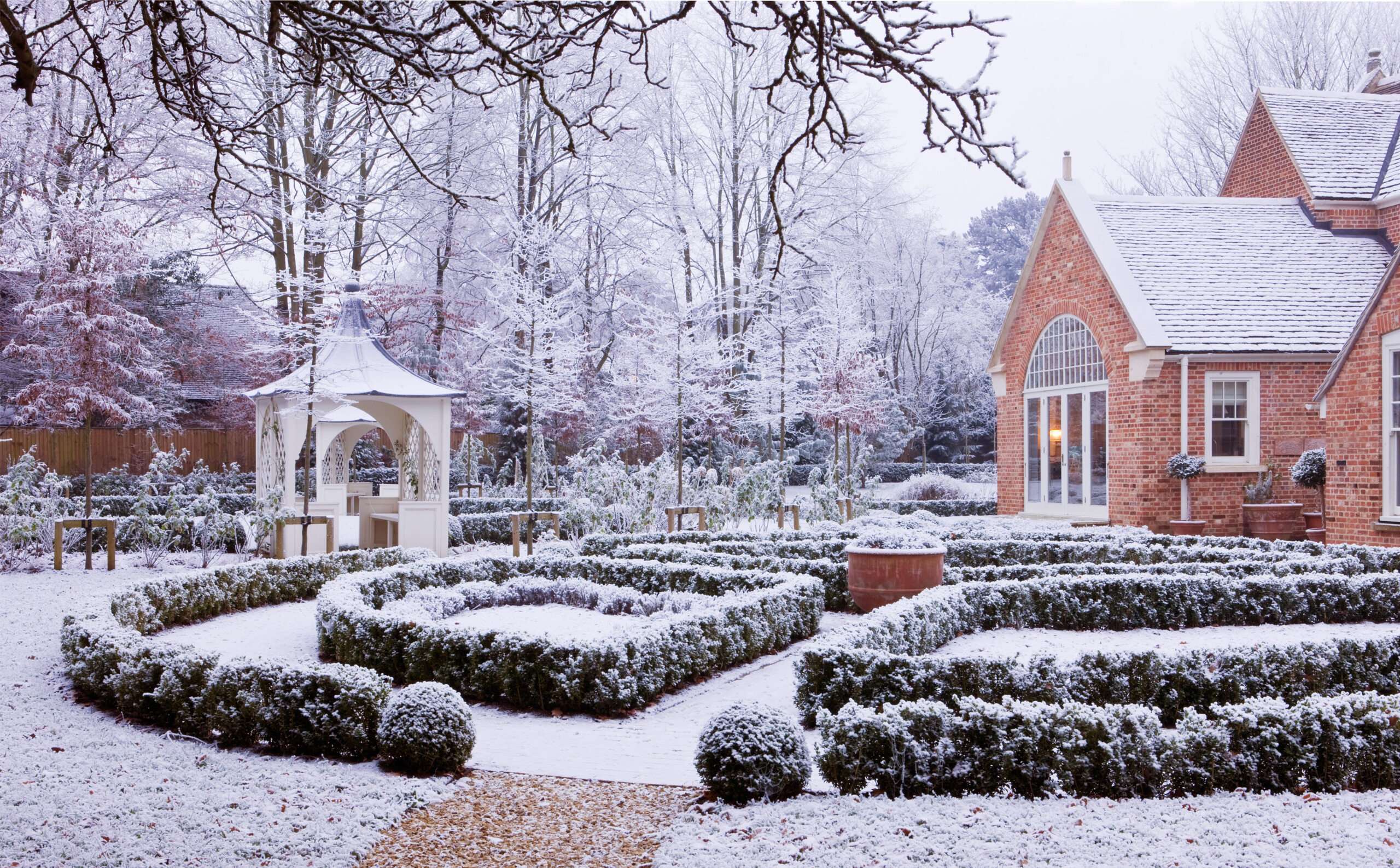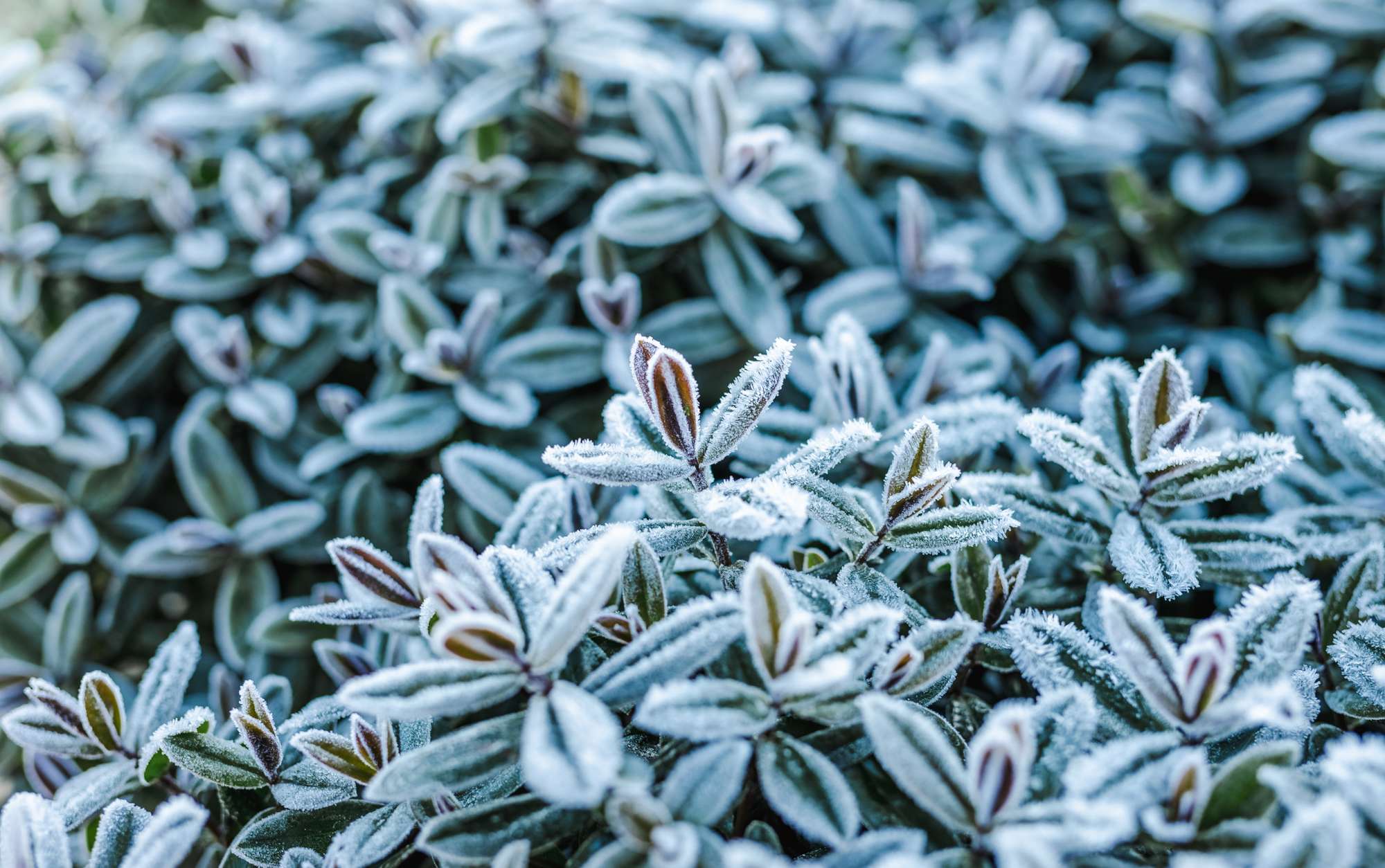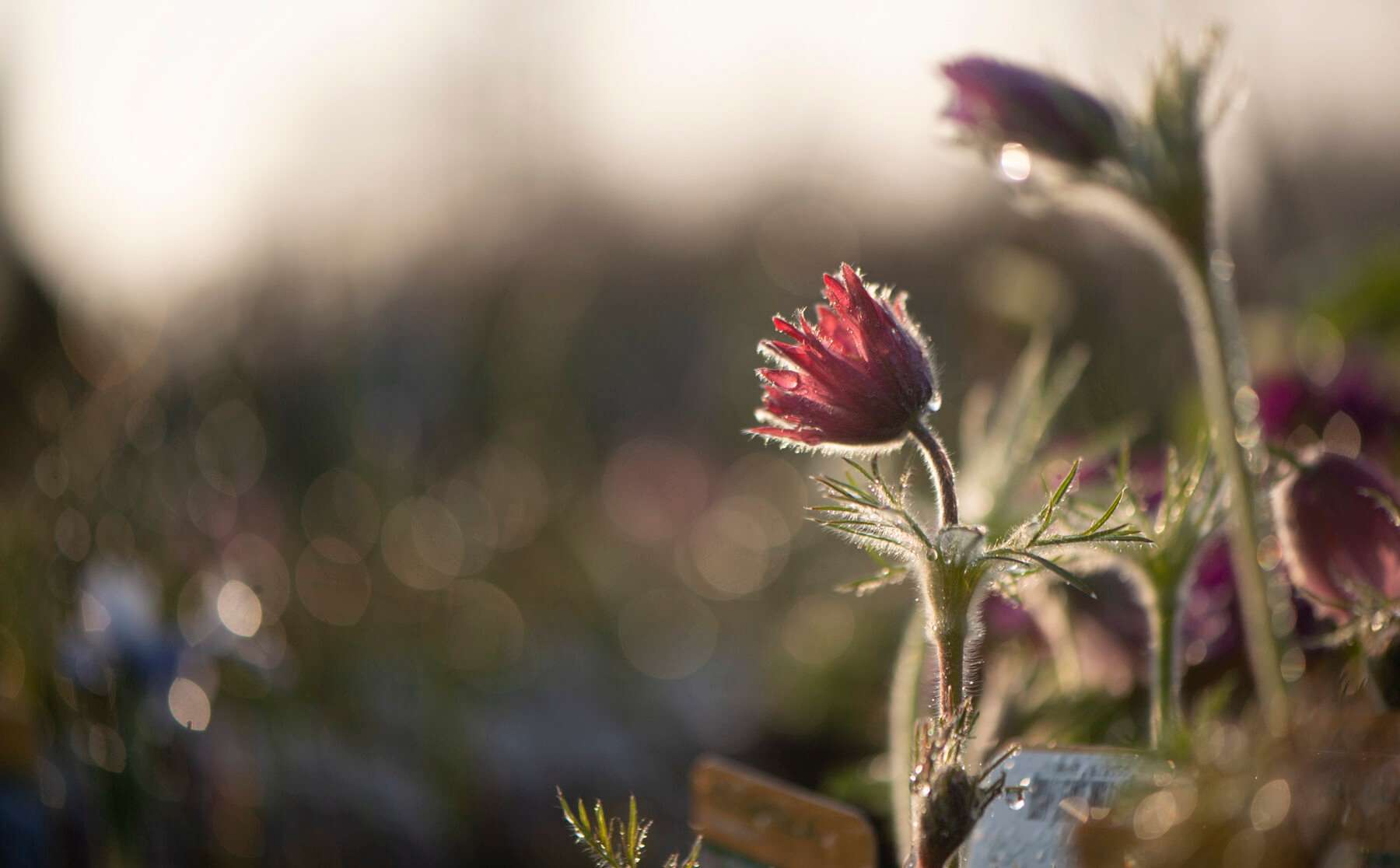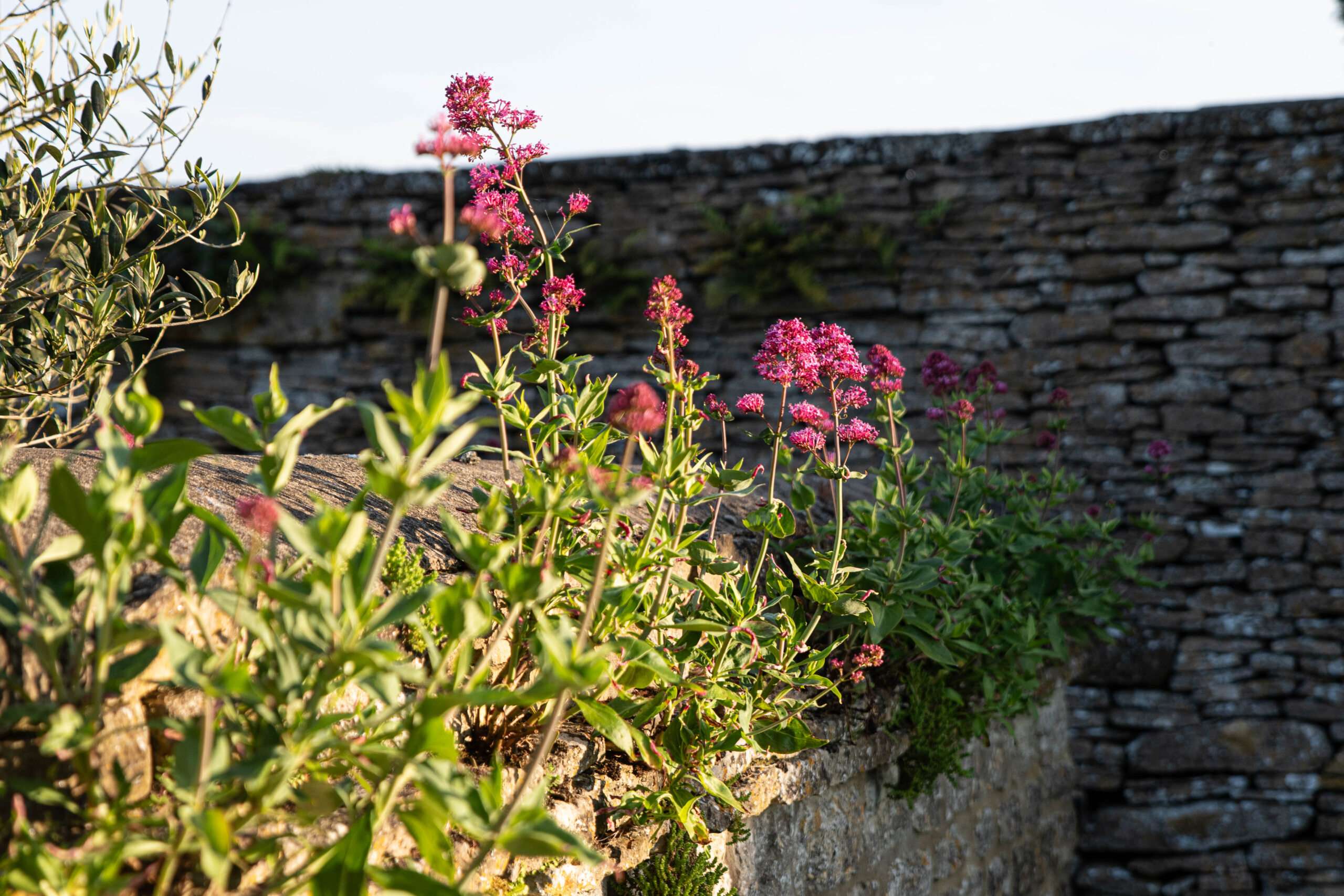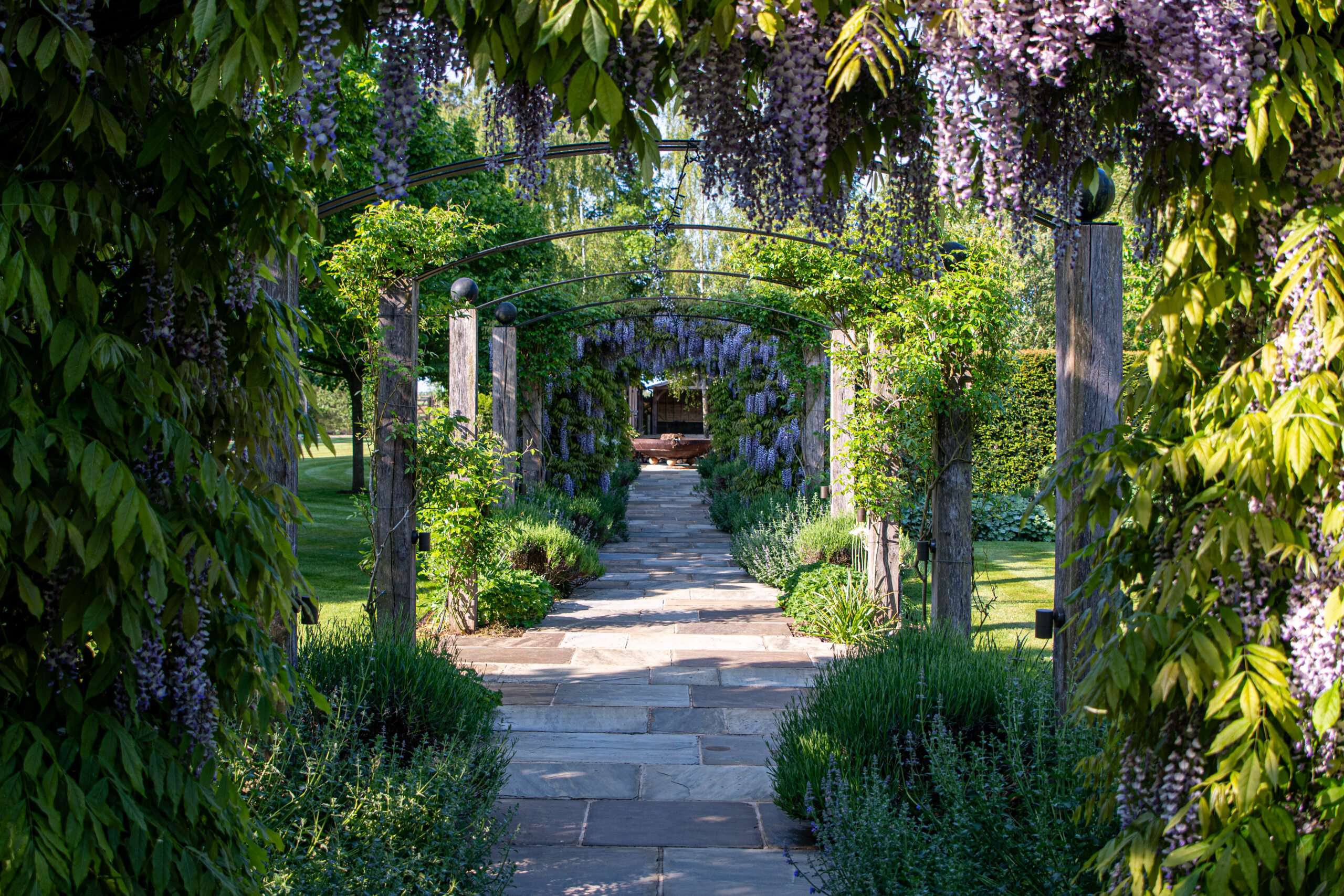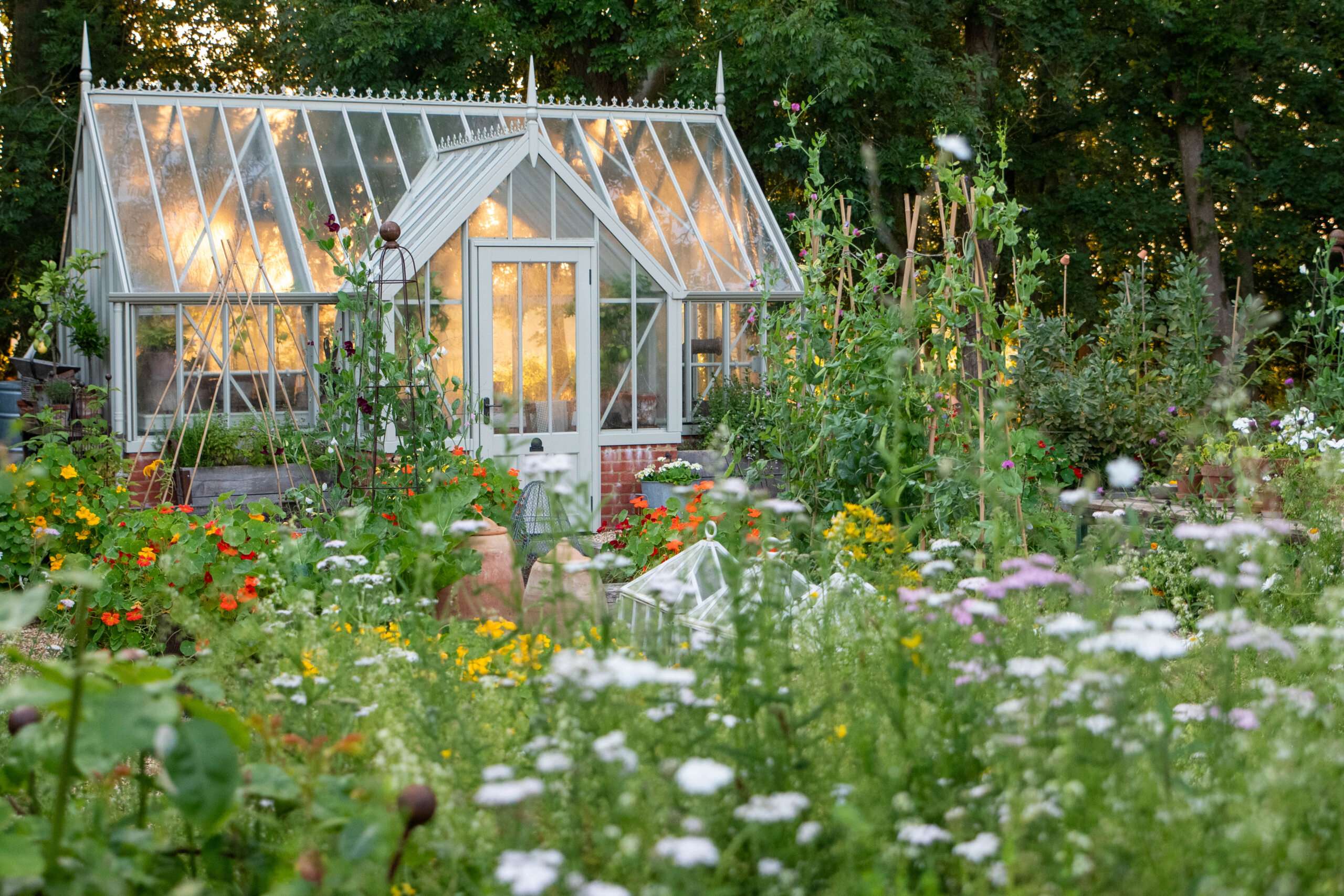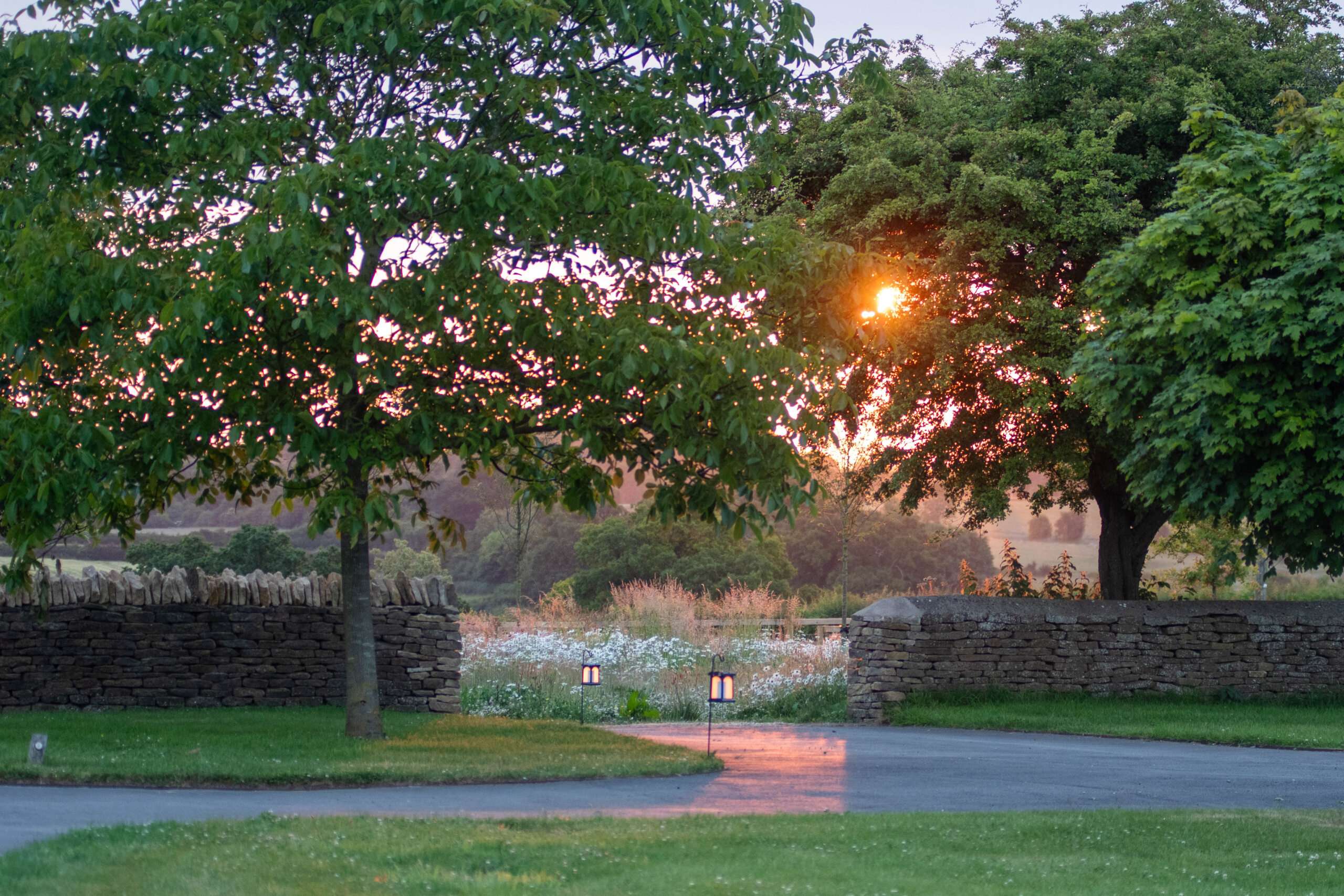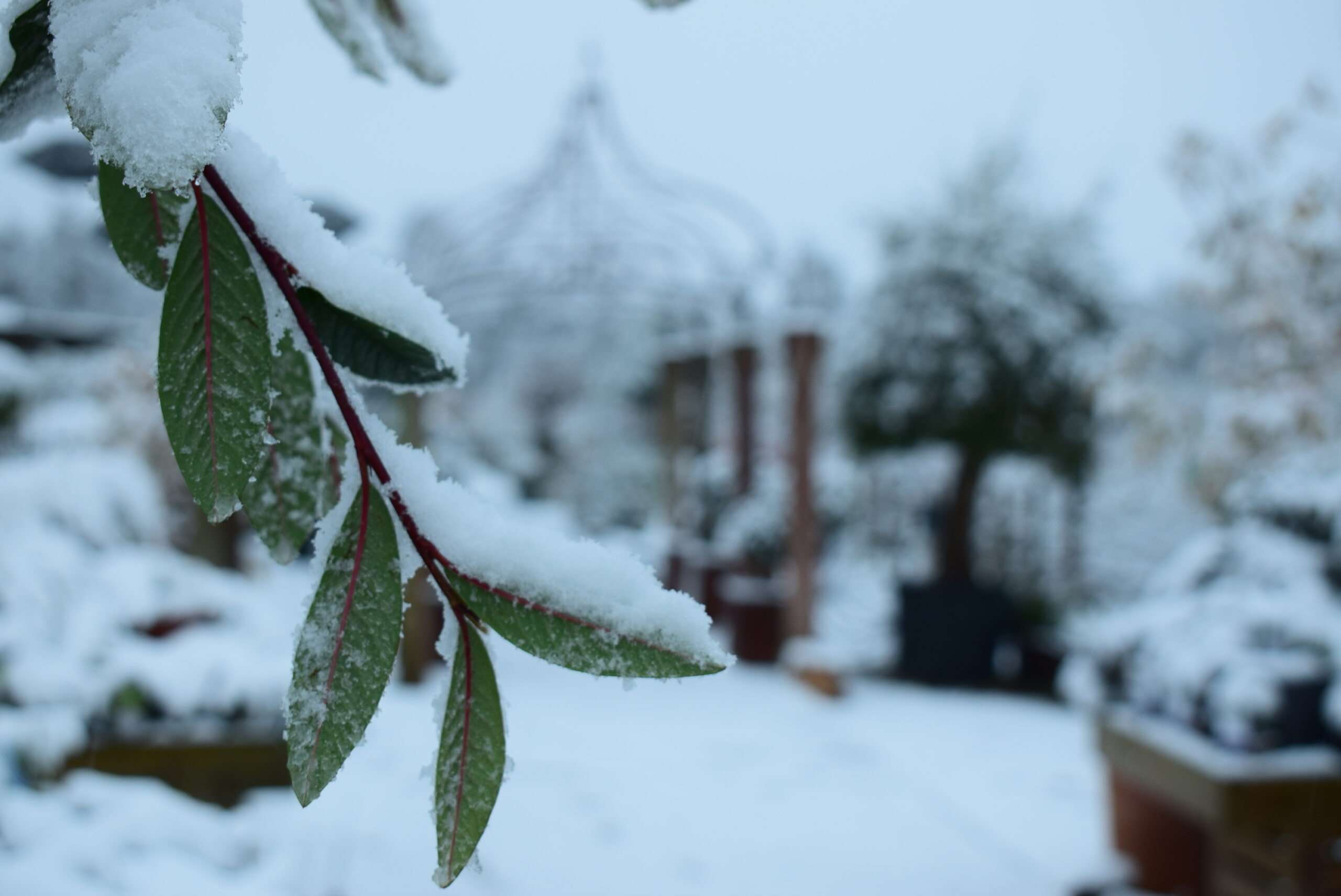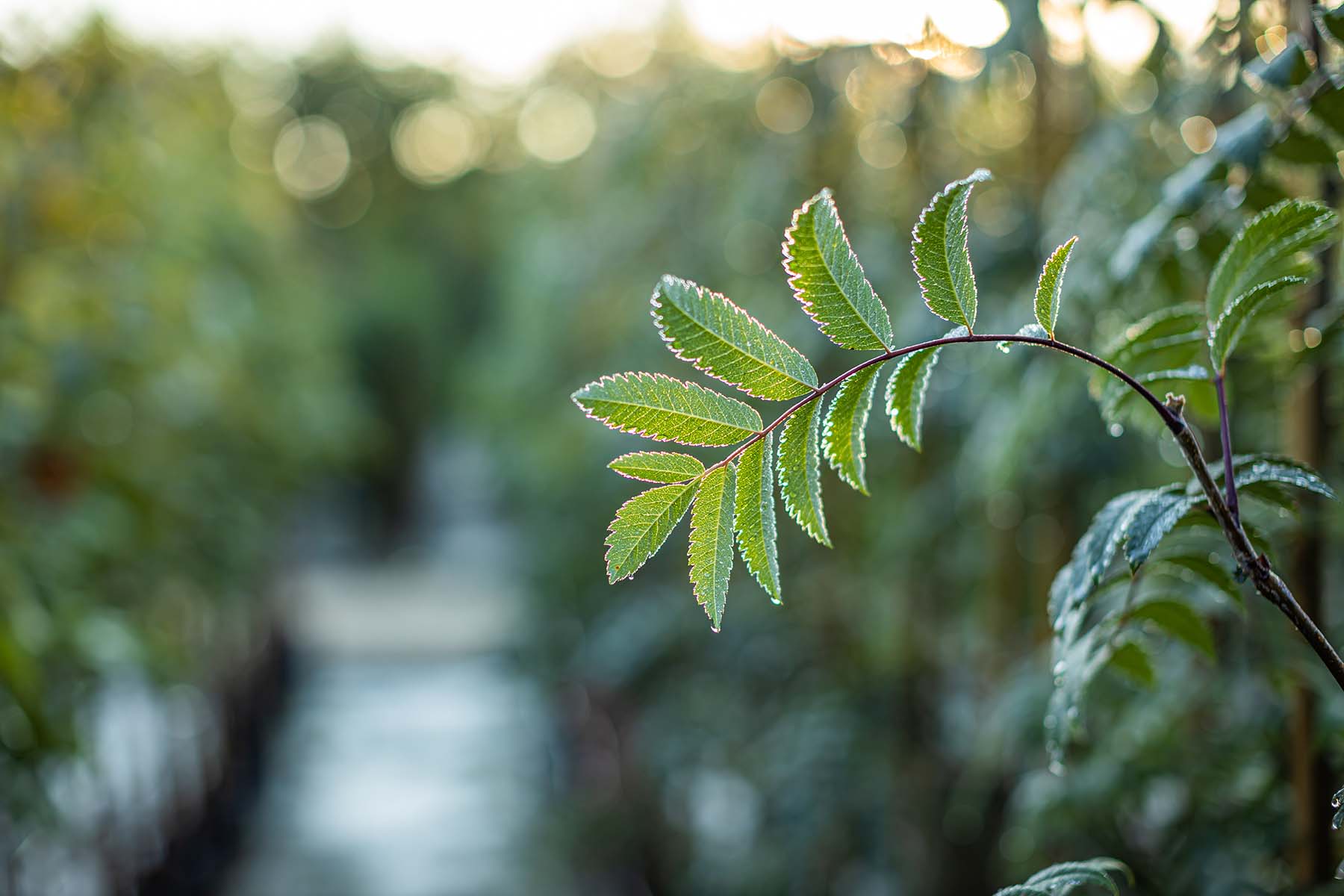MONTHLY GARDENING TIPS
Gardening Tips
The garden is an all year round project, from pruning fruit trees in summer to frost protection in winter. Our Head Gardener, Andrew Bignall, is helping us out by writing up his gardening suggestions for each month of the year. Come back here each month to see his latest advice for consideration in your garden.
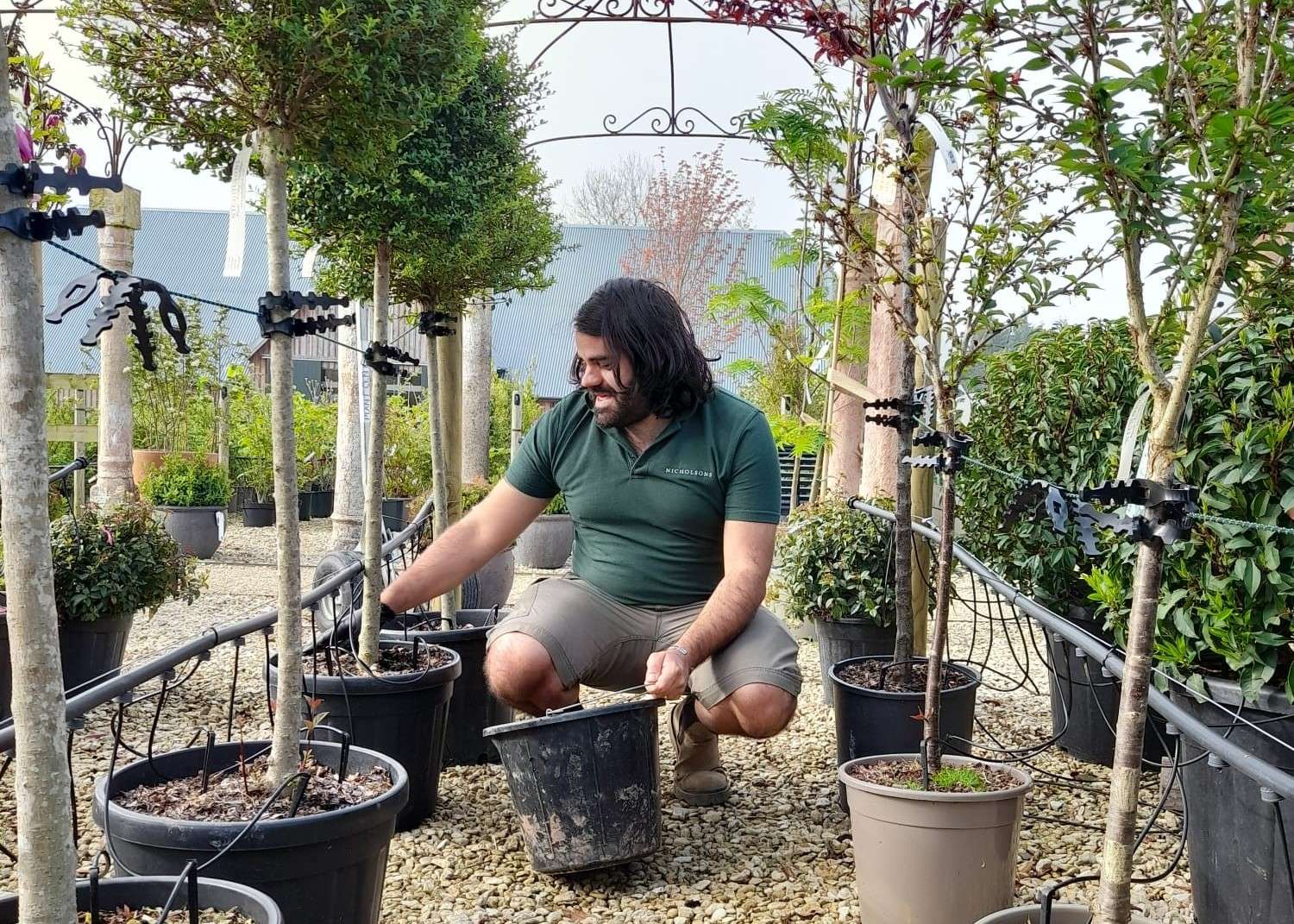
Monthly Suggestions
Can we design or build your garden?
Nicholsons specialise in whole garden projects and would like to hear from you if you have a medium to large garden requiring design or construction. Start your process by filling out the form below, or give us a call on 01869 340342
Our team may try to contact you by email. If you have not received anything within 2 working days, please check your junk mail folder.
